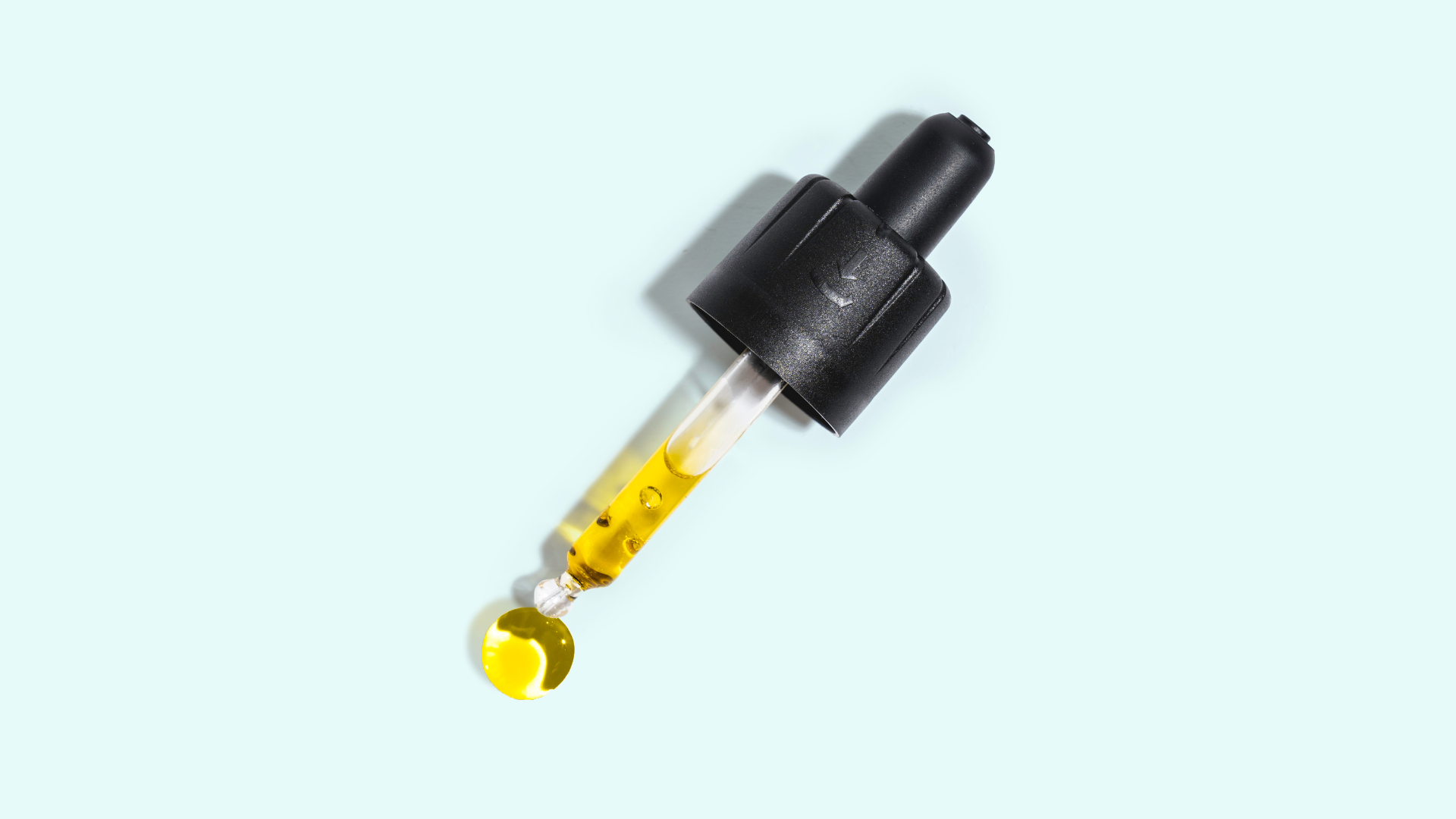Introduction
When facing cancer, many people look beyond traditional treatments for options that might help manage symptoms or even fight the disease itself. Cannabis is often part of that conversation. At Realm of Caring, we hear from families every day who are exploring cannabinoid therapy with curiosity and hope. One scientific concept that comes up often is angiogenesis; but what does that mean, and how does cannabis connect to it?
What is Angiogenesis?
Angiogenesis is the process by which new blood vessels form in the body. Normally, this is an essential function as it helps heal wounds and allows tissues to grow. But in cancer, angiogenesis can work against us. Tumors can “hijack” this process to create their own blood supply, feeding their growth and enabling them to spread. This is why many cancer therapies aim to stop or slow angiogenesis.
Where Cannabis Fits In
Some preclinical research suggests that cannabinoids, especially delta-9-tetrahydrocannabinol (THC) and cannabidiol (CBD) may have antiangiogenic properties. In other words, they may help reduce the formation of these new blood vessels that tumors need to thrive. Research also shows cannabinoids may play a role in apoptosis (programmed cell death), another process that can slow the spread of cancer cells.
However, it is important to note that most of this research is early stage, conducted in labs or animal models. We do not yet have large, controlled human trials that confirm exactly how cannabis works against cancer.
Setting Expectations: Cannabis in Cancer Care
Because of these research gaps, cannabis should be approached realistically:
- For symptom management: Lower doses of cannabinoids are often enough to help with nausea, pain, sleep, appetite, and overall quality of life during treatment.
- For anticancer effects: Some individuals pursue higher-dose regimens that include THC. While there are powerful stories of success, these are anecdotal, and what works for one person may not work for another.
- Safety matters: Cannabis is generally considered safe to use alongside chemotherapy and radiation, but there are exceptions (such as some immunotherapies and hormone-sensitive cancers). Always involve your oncology team in the conversation.
Holistic Healing
At Realm of Caring, we also encourage looking at the bigger picture. Cancer care isn’t just about one therapy, rather about giving the body the best chance to heal. That includes nutrition, minimizing toxic exposures, managing stress, and nurturing emotional and spiritual well-being. Cannabis may be one part of that holistic approach.
Key Takeaways
- Angiogenesis is how tumors grow new blood vessels; stopping it is a major focus of cancer therapies.
- Early research suggests cannabinoids may influence angiogenesis and apoptosis, but more human studies are needed.
- Cannabis is not a replacement for conventional care but may complement it, especially for symptom relief.
- Every person responds differently; dosing and outcomes vary widely.
Closing
Exploring cannabis during cancer care requires both hope and realism. At Realm of Caring, we’ve supported families through more than 300,000 interactions and 2.5 million minutes of guidance since 2013. Our Care Specialists are here to provide education, tools, and compassion as you navigate your journey.
Reach out to us anytime to talk with a Care Specialist and learn more about safe, informed approaches to cannabinoid therapy.
View our Cancer Administration Guidelines.





